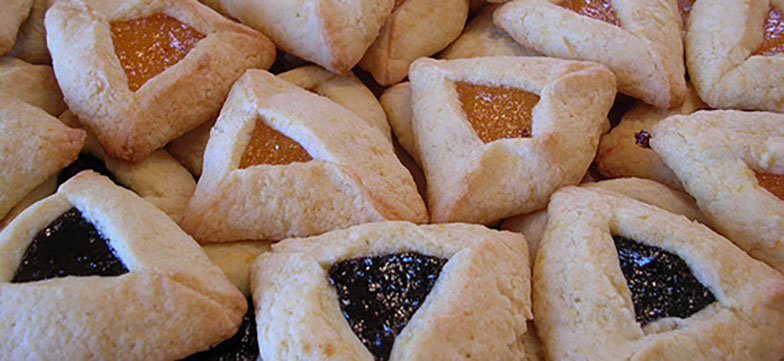Today is the Jewish celebration of Purim. This holiday celebrates the saving of the Jewish people from Haman, who planned to kill all of the Jews.
This story is captured within the Biblical book of Esther. More than 2000 years ago, after the execution of Queen Vashti, the king found favor in Esther and made her his new queen. When the anti-semitic Haman was appointed as prime minister to the empire, he had ordered Mordechai, the leader of the Jews to bow to him. Mordechai refused. In response, Haman had convinced King Ahasuerus to exterminate the Jews on the 13th of Adar. At a feast organized by Queen Esther, she revealed to the King and Haman her Jewish heritage and that Mordechai was her uncle. As such, the extermination of the Jews would have to include her as well. The King had Haman hanged and there was a proclamation that the Jews could defend themselves against their enemies since they could not rescind Haman’s decree. On the 13th of Adar, the Jews defeated their enemies and on the 14th, they celebrated.
Today, Jews celebrate Purim by in many ways. One practice is the reading of the Megillah, also known as kriat ha-megillah which is the public recitation of the Scroll of Esther, usually in a synagogue. It is also a custom to give ‘mishloach manot’, gifts of food and drink to friends and family.
Many Jews will also celebrate Purim by donating to the poor known as ‘mattanot la-evyonim;’ eating a celebratory meal known as a se’udat Purim, and reciting additions, known as Al HaNissim, to the daily prayers and the grace after meals. There is a tradition of dressing in costume during Purim. Costumes originate from the idea that because G-d’s name was not mentioned at all in the recitation of the story, Jews hide as He was hidden. On this day, as it relates to the poor, Jews dress differently to lessen the economic divides between who can give charity, and those in need of charity.

